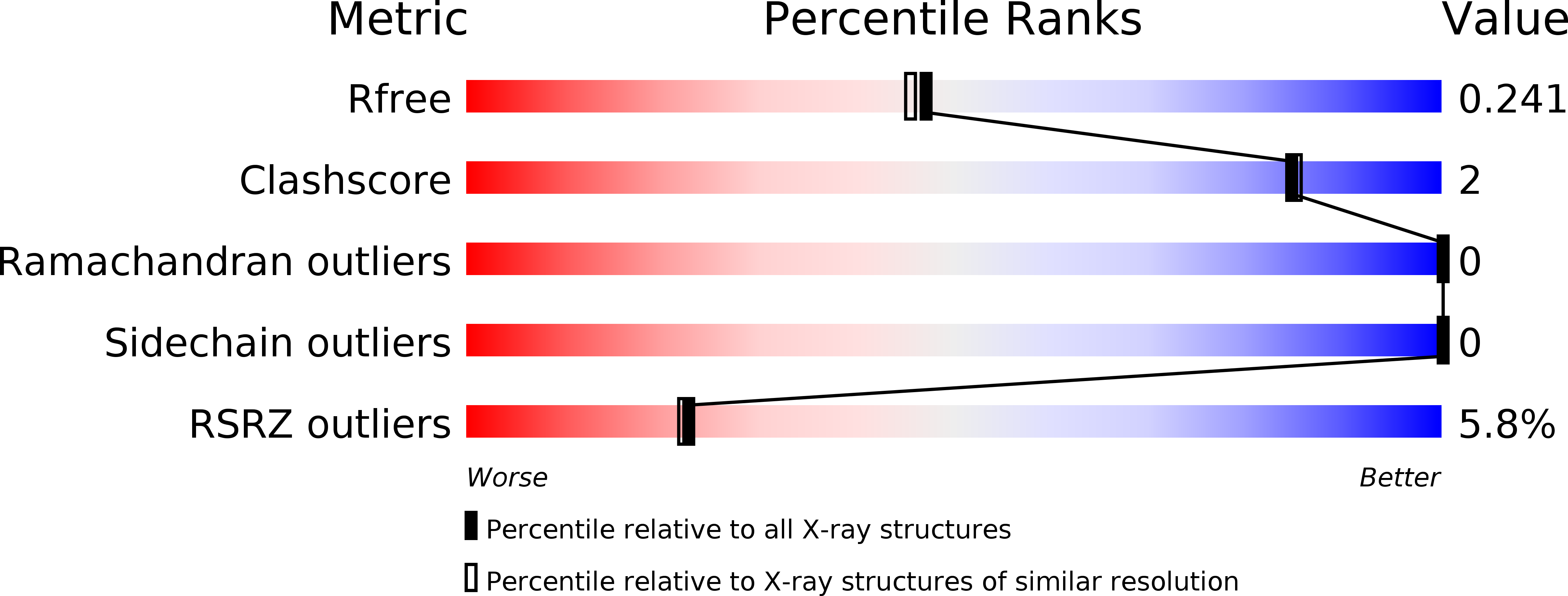
Deposition Date
2018-02-15
Release Date
2019-01-30
Last Version Date
2024-01-17
Entry Detail
Biological Source:
Source Organism:
Synechocystis sp. (Taxon ID: 1111708)
Host Organism:
Method Details:
Experimental Method:
Resolution:
2.03 Å
R-Value Free:
0.24
R-Value Work:
0.22
R-Value Observed:
0.22
Space Group:
P 1


